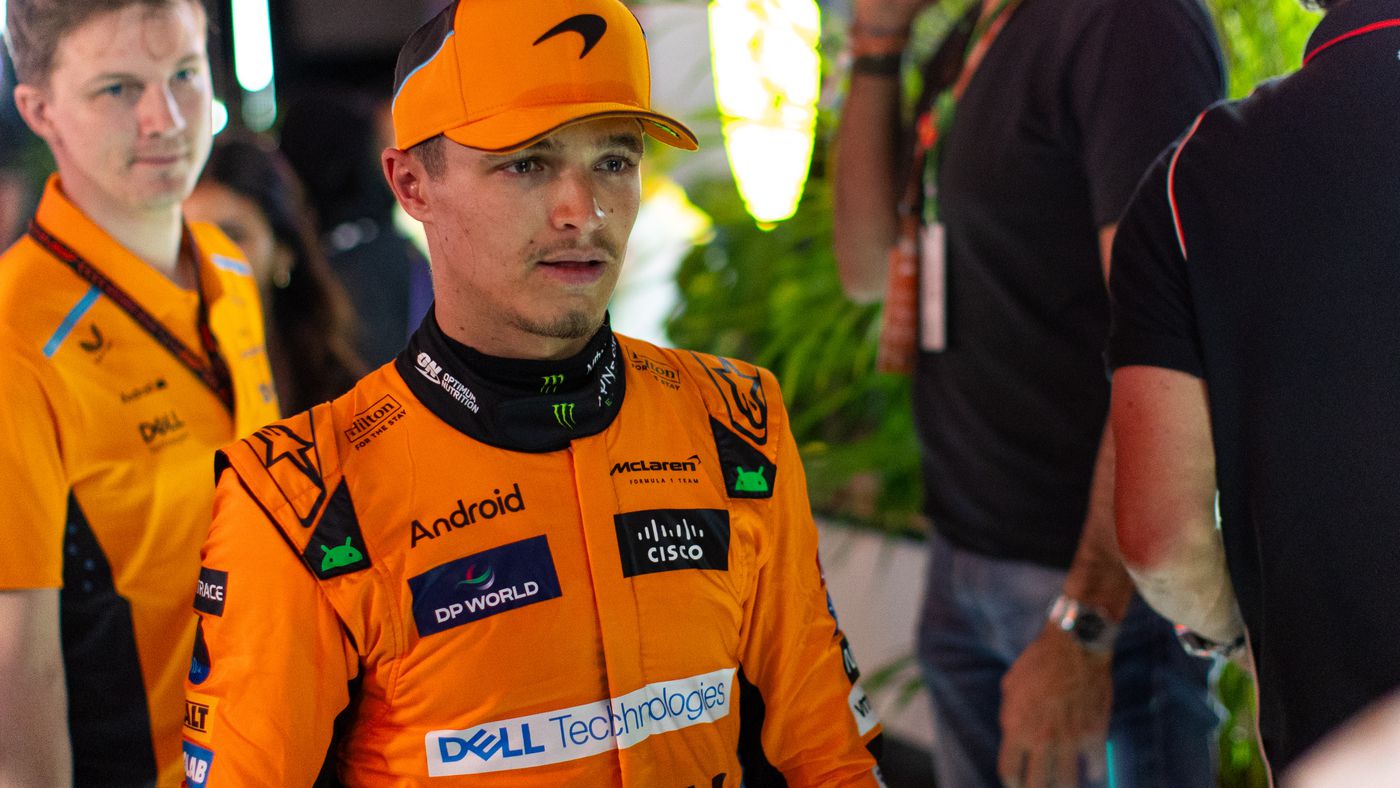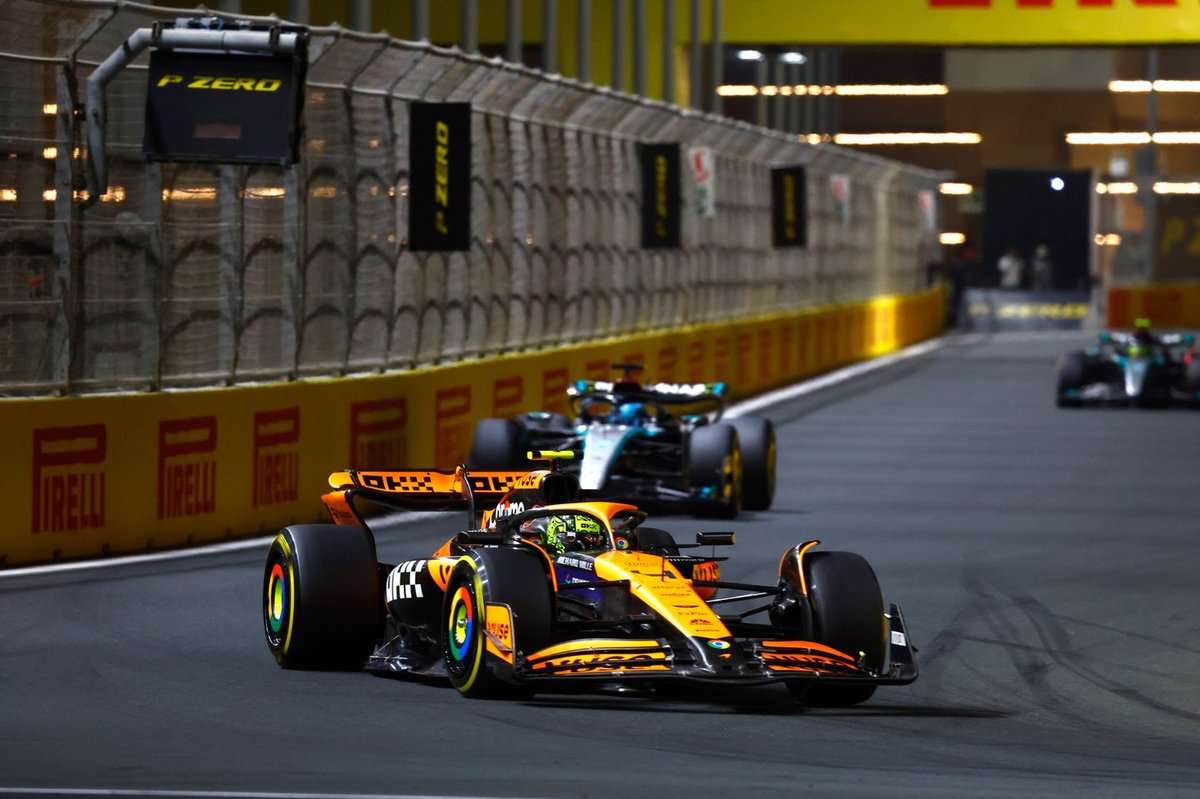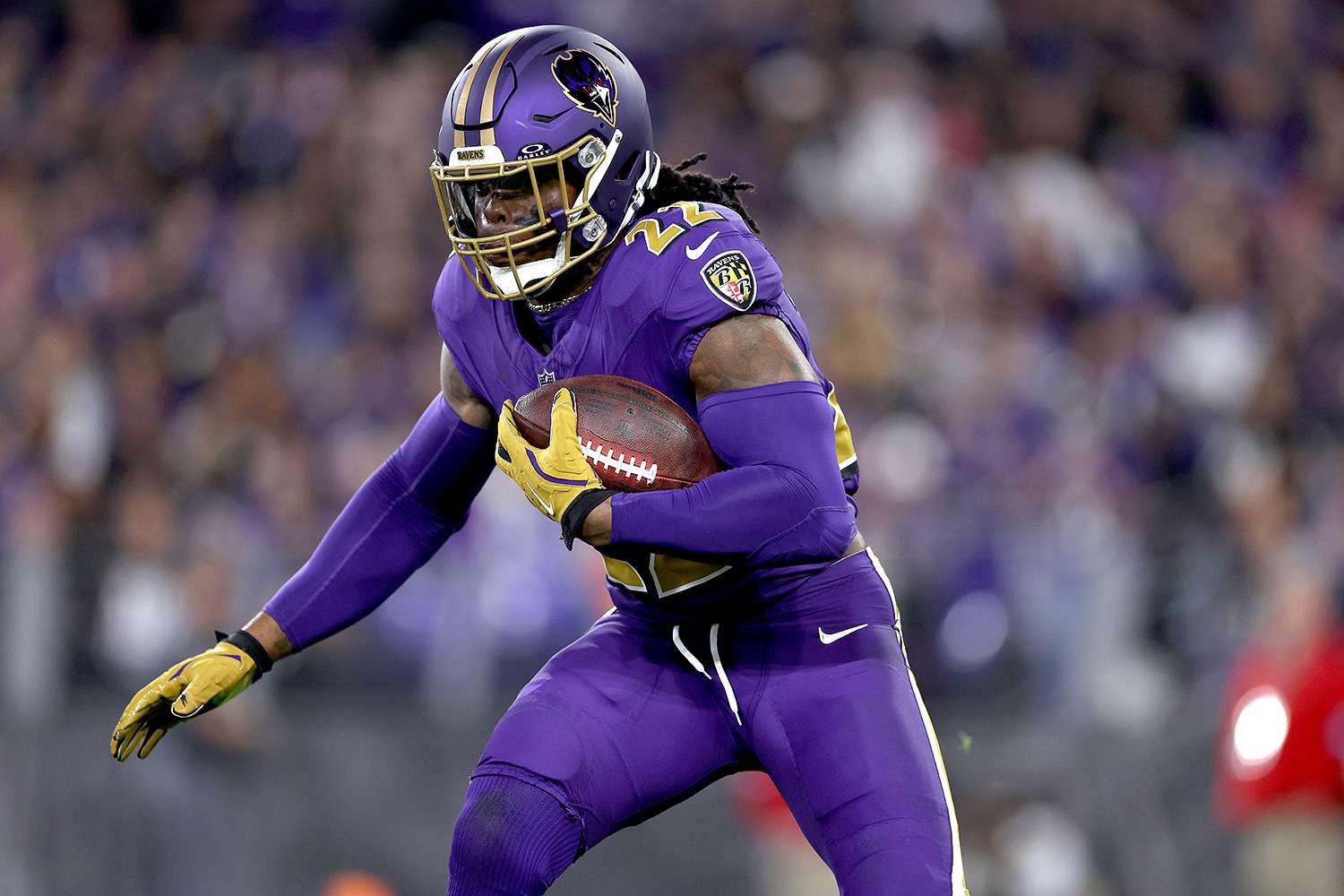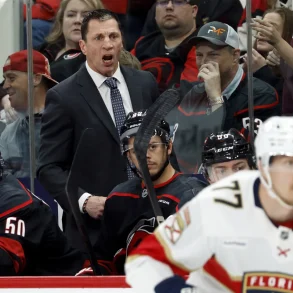Starting from the sixth position on the grid, Lando Norris experienced a momentary movement before the commencement of the race, a slight jolt forward before the official start. This premature release of the clutch prompted immediate attention from Mercedes’ George Russell, who was positioned alongside Norris in seventh place.
Anticipation loomed that Norris would face penalties for this movement. However, the stewards opted not to take any action upon discovering that Norris’ slight forward motion hadn’t triggered the FIA’s transponder, the crucial device used to determine jump starts.
In their deliberation, the stewards clarified that the transponder’s data is the primary parameter for assessing jump starts. As Norris’ movement fell within permissible limits and the transponder didn’t register a jump start, he was cleared of any wrongdoing.

“The stewards reviewed positioning/marshalling system data, video and determined that the video appeared to show that car 4 moved before the start signal was given,” the stewards’ statement explained. “However, the FIA approved and supplied transponder fitted on the car did not indicate a jump start. Article 48.1 a) of the Formula One Sporting Regulations states clearly that the judgment of whether or not there was a jump start is to be made in accordance with the transponder, which did not show a jump start. In the circumstances, we took no further action.”
When questioned by Sky Sports F1 about the incident, Norris expressed his uncertainty, stating, “I don’t know what happened, it happened so quickly. I just went a little bit and then tried stopping again, and then went again. But overall, I lost. I didn’t gain anything from it.”
This incident isn’t unprecedented in Formula One. Similar leniency was shown in past instances, notably with Valtteri Bottas in the 2020 Hungarian Grand Prix and Sebastian Vettel in Japan the previous year.
Despite this escape from penalty, Norris faced challenges throughout the race. He eventually secured an eighth-place finish, following a strategic decision to remain on track during an early safety car period, which didn’t yield the desired outcome in tandem with teammate Oscar Piastri’s strategy.







